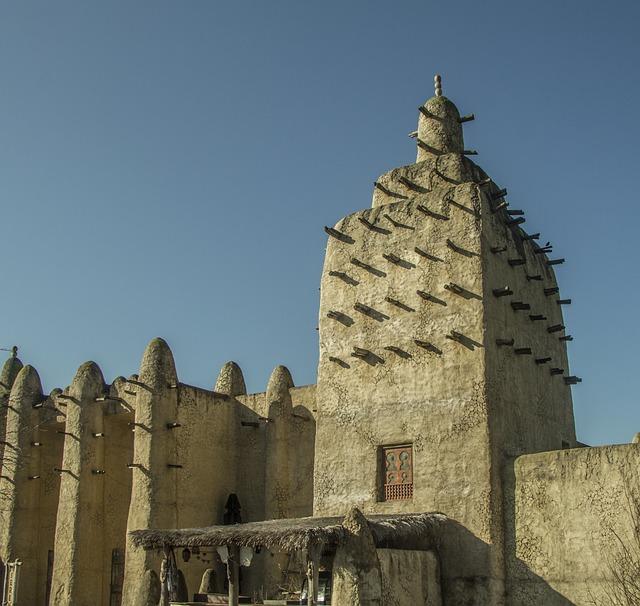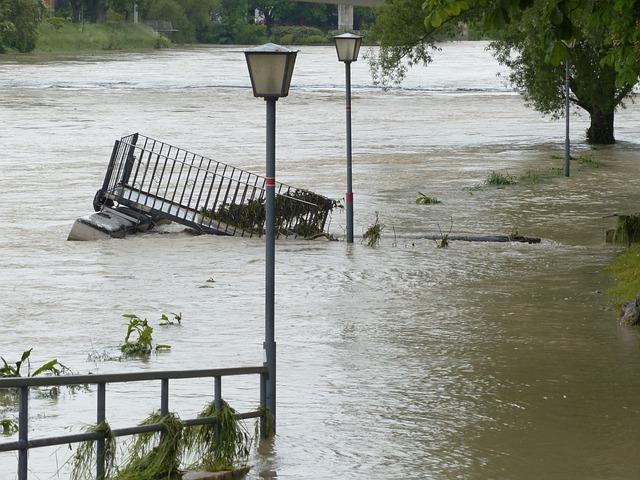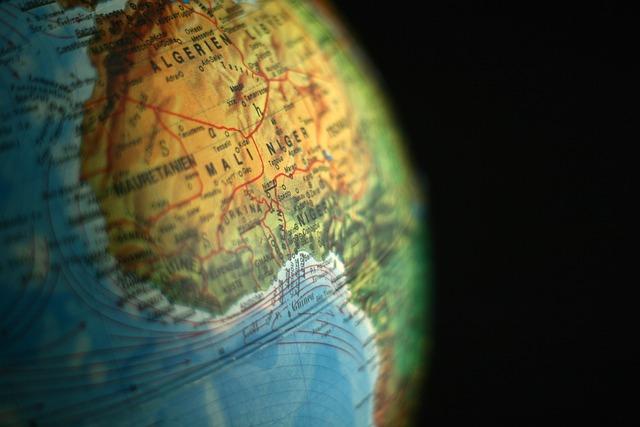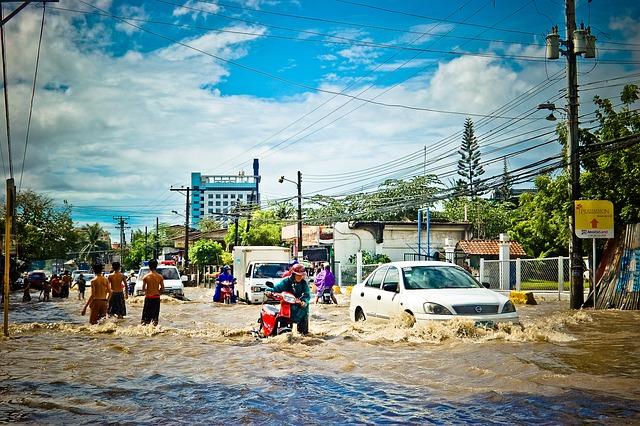- Introduction
- Causes of Catastrophic Flooding
- Impacts on Communities and Infrastructure
- Humanitarian Response Efforts
- Solutions and Preventative Measures
- Conclusion
- FAQs
Introduction
In recent years, Mali has faced catastrophic flooding, causing severe consequences for its citizens. From devastating crops to displacing millions, these floods have taken a toll on both urban and rural areas alike. In this article, we will explore the causes behind these floods, the ways they impact communities and infrastructure, the vital humanitarian response efforts, and potential long-term solutions to mitigate their effects.
Flooding in Mali is not just a recurring natural disaster; it is a growing crisis exacerbated by climate change, unplanned urbanization, and outdated infrastructure. Let’s dive deeper into these aspects.
Causes of Catastrophic Flooding

(Image: Pixabay/@mel_88)
The root causes of catastrophic flooding in Mali are diverse and interconnected. One major contributing factor is climate change, which has intensified rainfall patterns in West Africa. Periods of extreme torrential rain, followed by extended droughts, make the region particularly vulnerable to floods.
Another factor is the increasing population density in Mali's urban centers. Cities like Bamako have seen rapid growth over the years, often without adequate planning or drainage infrastructure. When heavy rains hit, drainage systems are overwhelmed, leading to widespread flooding.
Additionally, deforestation in upstream regions has worsened the problem by reducing the land’s capacity to absorb water. This process increases stormwater flow, elevating the risk of floods in downstream areas.
Impacts on Communities and Infrastructure

(Image: Pixabay/@Hans)
The impact of Mali's floods on communities is multi-faceted and often devastating. Homes are destroyed, families are displaced, and livelihoods are jeopardized, particularly for subsistence farmers whose crops are submerged under water. Entire communities have been left homeless due to rising floodwaters, forcing many to live in temporary shelters prone to disease outbreaks.
Infrastructure in Mali has also been significantly affected. Roads become impassable, bridges collapse, and public facilities like schools and hospitals are damaged. Such destruction disrupts daily life, blocks access to essential services, and stalls economic activity in already poverty-stricken regions.
Health systems further struggle to cope during flooding events due to waterborne diseases such as cholera and malaria spiking in flood-affected regions, creating an additional layer of difficulty for recovering communities.
Humanitarian Response Efforts

(Image: Pixabay/@Peggy_Marco)
In light of the rising occurrence of floods, humanitarian organizations, both local and international, have played a crucial role in responding to disasters in Mali. Relief operations typically include providing food, medical supplies, clean drinking water, and emergency shelter to those affected.
Organizations like the United Nations Refugee Agency (UNHCR) and Red Cross have worked on the ground to assist displaced families. They focus on immediate relief, but often face challenges due to limited resources and the sheer scale of destruction.
Efforts have also been made to improve early warning systems through better weather forecasts and community education. However, there remains a significant gap in resources required for long-term recovery and rebuilding efforts, leaving many victims without sufficient help to return to normalcy.
Solutions and Preventative Measures

(Image: Pixabay/@j_lloa)
Preventing flooding in Mali requires a combination of short-term actions and long-term strategies. One critical solution is investing in modernized water management infrastructure, such as reservoirs and adequate drainage systems, especially in urban centers like Bamako. Such upgrades could significantly minimize the damage caused by flash floods.
Another measure involves reforestation initiatives aimed at restoring degraded ecosystems. Planting trees can reduce flooding risks by absorbing excess rainwater and stabilizing soil in upstream regions.
On an institutional level, adopting sustainable development policies is essential. Including flood-prone zones in urban planning and ensuring that building codes cater to the geographical vulnerabilities of the region could help create flood-resilient cities.
Conclusion
Mali's catastrophic flooding is a grave concern with widespread ramifications for its people and economy. Understanding the causes, addressing the impacts, and implementing proactive measures can help mitigate future devastation. While progress is being made, significant work lies ahead requiring collaboration from governments, local communities, and international organizations.
As climate change continues to affect Mali, preparedness and robust resilience plans are more critical than ever. The time to act is now to safeguard the livelihoods of millions and ensure Mali's sustainable future.
FAQs
What are the main causes of flooding in Mali?
The primary causes include climate change, deforestation, poor urban planning, and outdated drainage systems.
How do floods in Mali impact people's lives?
Floods displace families, destroy homes, ruin crops, and increase the prevalence of waterborne diseases in affected regions.
What steps can be taken to prevent future flooding?
Investing in modern water management systems, promoting reforestation, and better urban planning are key measures to mitigate future flooding risks.
Which organizations are involved in providing flood aid in Mali?
Organizations like the UN, Red Cross, and various local agencies are involved in relief efforts, offering food, shelter, and medical aid.
Is Mali more vulnerable to floods due to climate change?
Yes, climate change has intensified rainfall patterns in West Africa, making Mali increasingly prone to severe flooding events.
```
